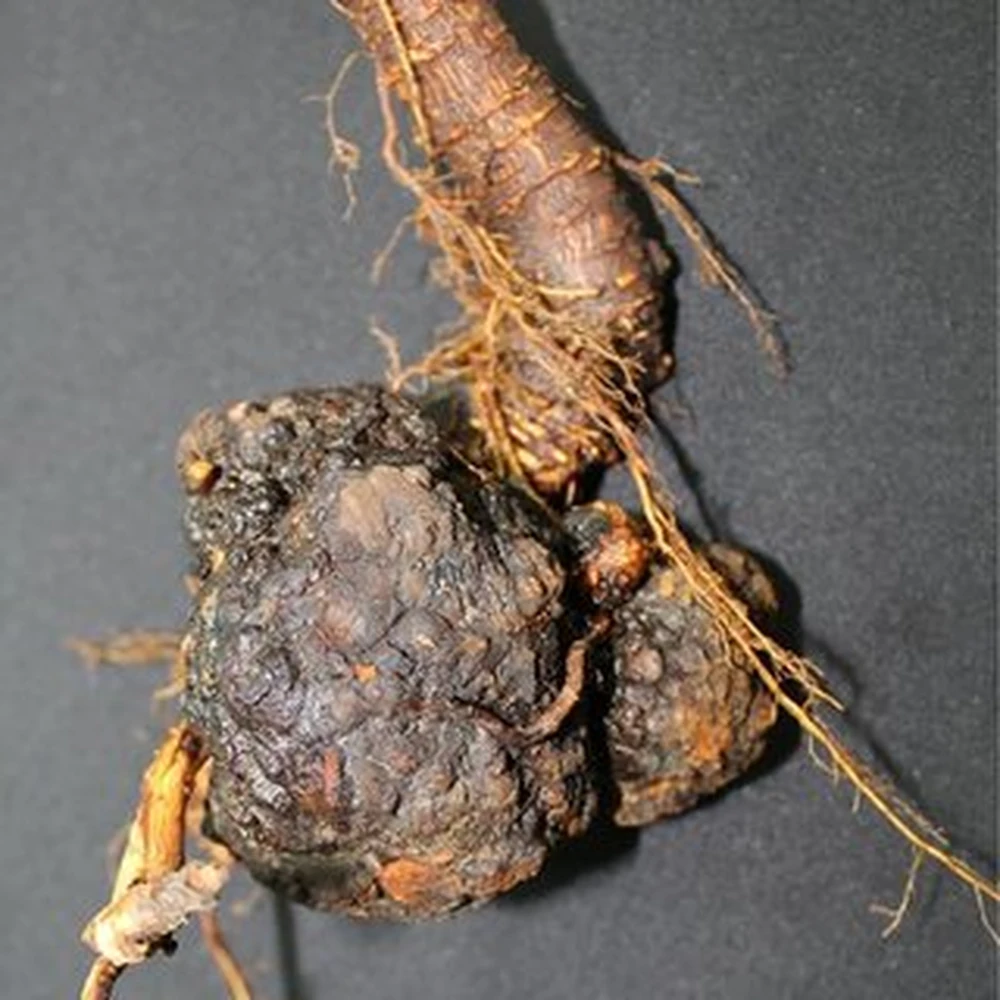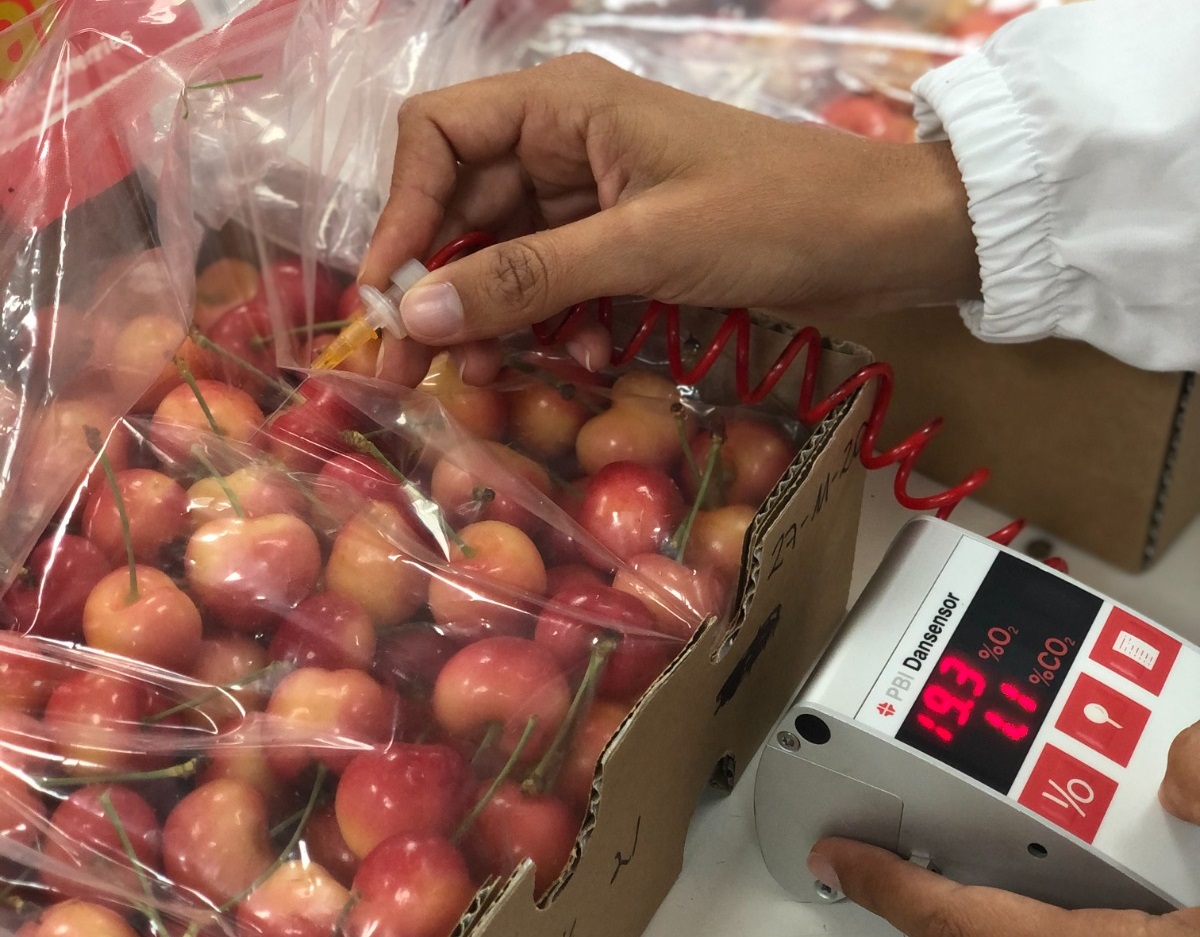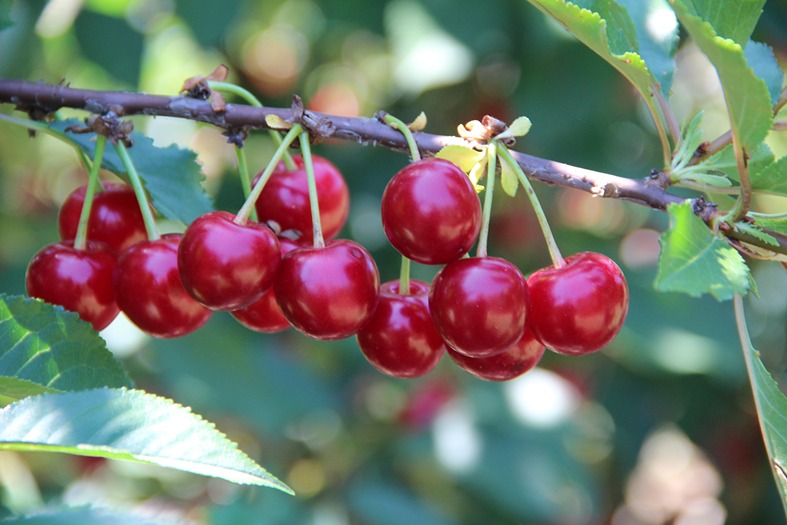For the first time, Rhizobium rhizogenes has been identified as a pathogenic agent of crown gall on blueberry and cherry in Chile. Crown gall is a disease that affects several fruit species worldwide, causing tumorous deformations in plant tissues and significant economic losses, particularly in nurseries.
Until now, the main pathogens responsible for this disease in Chile were considered to be Agrobacterium tumefaciens, Agrobacterium rubi, and Allorhizobium vitis. In contrast, Rhizobium rhizogenes was previously known only for inducing the formation of hairy roots, never causing tumors in plant tissues.
Study on bacterial spread
During the 2018-2019 growing season, researchers conducted a survey in southern Chile to identify Agrobacterium and Rhizobium species responsible for gall formation in fruit plants. Tissue samples from galls were collected from 45 blueberry, raspberry, and cherry plants across 27 orchards in 17 different locations.
These samples were analyzed using microbiological techniques on a selective culture medium, which allowed for the isolation of 12 bacterial strains displaying typical Rhizobiaceae characteristics.

Pathogenicity tests and genomic analysis
The pathogenicity of these isolates was tested by inoculating four different host plant species: tomato, kalanchoe, blueberry, and cherry. Among the 12 isolated strains, only two, RGM 3430 (from blueberry) and RGM 3422 (from cherry), were able to develop evident tumors in the inoculated plants.
This pathogenic behavior was observed in all tested species, confirming their infectious potential. To verify the identity of these strains, a genomic analysis was performed. Whole-genome sequencing and a subsequent multilocus phylogenetic analysis based on the atpD, gyrB, recA, and rpoB genes confirmed that both strains belonged to the Rhizobium rhizogenes group.
Additionally, a complete genome comparison using ANI (Average Nucleotide Identity) confirmed a 98% identity with previously known Rhizobium rhizogenes strains, supporting the exact taxonomic classification of the isolated bacteria.
Implications for agriculture
Another key finding was the identification of the presence of a Ti (tumor-inducing) plasmid and the absence of an Ri (root-inducing) plasmid in both strains. This genetic configuration explains their ability to induce tumors in plants, differentiating them from previously described Rhizobium rhizogenes strains, which were only known to cause hairy root formation.
This study represents the first report of Rhizobium rhizogenes as a causal agent of crown gall on blueberry and cherry in Chile. Until now, this species was considered non-pathogenic or solely associated with hairy root formation.
This discovery has important implications for both Chilean and international agriculture, highlighting the need for an update in phytosanitary management practices. In particular, nurseries and young blueberry and cherry orchards may be particularly vulnerable to this pathogen, requiring stricter preventive measures to prevent disease spread.
Need for global monitoring
Furthermore, this study raises questions about the potential presence of similar strains in other regions of the world, emphasizing the importance of global disease monitoring. It also demonstrates the value of integrating traditional pathogenicity testing with advanced genomic techniques to obtain reliable results.
Source: Millas, P., Sandoval‐Espinoza, B., Carrasco‐Fernández, J., Fuentes, C., Correa, F., & Sagredo, B. (2024). First report of Rhizobium rhizogenes causing crown gall on blueberry and cherry in Chile. New Disease Reports, 49(1), e12253. https://doi.org/10.1002/ndr2.12253
Image source: CABI; Millas et al., 2024
Andrea Giovannini
University of Bologna (IT)
Cherry Times - All rights reserved













